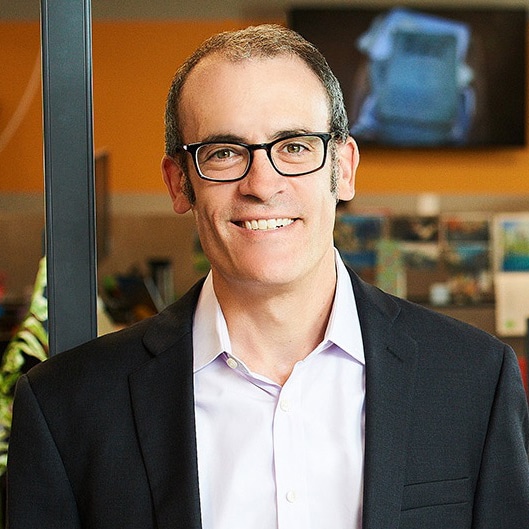Nathaniel Heller, Vice President and Managing Director for Geneva Global, shares his predictions of three seismic shifts that will impact philanthropy in 2022. This article was first published Feb. 14, 2022, on Fast Company. Read Nathaniel’s insights below:
If the past two years have taught us anything, it’s that black swan shocks are real and disruption is something most businesses and organizations continue to underestimate in their planning and strategy. Philanthropy is no exception—whether it’s the global pandemic or mass movements calling for racial justice reform, what otherwise seemed like a predictable and linear industry remains mired in continued, seismic shifts. This year is poised for more of the same but for newly disruptive reasons.
Three shifts and shocks to watch for in 2022
- Inflation will have a real (and negative) impact on giving. If macroeconomic forecasting holds, rising inflation this year will weaken the ability of everyday donors to contribute to their preferred causes and organizations. When the value of your dollar decreases due to inflation, your ability to “buy” philanthropic donations will shrink accordingly. While inflationary pressures impact ultra-high net worth (UHNW) donors less than most of us, it will very much impact everyday donors (who donate hundreds of dollars rather than millions) as the purchasing power of their discretionary income wilts under inflation. For younger and newer donors, this is likely the first time they have lived through a period of significant inflation, and we should expect a pullback from causes and organizations that rely on the generosity of such donors.
- Rising interest rates will also materially impact giving this year. To combat the forthcoming inflation, the Federal Reserve (and other central banks) have signaled their intent to raise interest rates. While this monetary orthodoxy is the natural antidote to curb inflation, it will generate pressure on businesses that rely on debt financing (as that debt becomes more expensive) and potentially tilt capital markets toward debt and away from equity (suggesting weaker stock market performance in 2022). It’s in these effects that we may see an impact on ultra-high-net-worth (UHNW) donors whose wealth (and ability to give at scale) is often linked to performance in the equity markets.
- The traditional business model of private foundations is under threat from new entrants. New mega-donors such as former Twitter CEO Jack Dorsey and MacKenzie Scott have generated headlines not only for their willingness to donate billions over short time horizons but also for the way they are doing it: without any of the trappings of a traditional private foundation that would come with full-time, expert staff. As one large private foundation president put it to me recently, “We talk all the time internally about what they’re doing, and we see it as a real threat to our business model.” If Dorsey, Scott, and others can give away billions per year without the machinery of professional staff, what need is there for the overhead and bureaucracy that most donors previously believed was necessary to “do philanthropy seriously?” Expect even more pressure to mount against the traditional private foundation model as new mega-donors emerge from the biotech and pharmaceutical industries this year.
We may ultimately look back at 2020 as the beginning of a truly generational shift in philanthropy that long outlives the pandemic. The need for innovative, brave philanthropy has never been greater, and yet the current crisis has revealed the many antiquated and sclerotic habits that have hampered philanthropy for too many years. Increased disruption (if not outright destruction) within the industry feels inevitable this year. But some of it may indeed be creative, and that might be a very good thing in the end for all of us.



